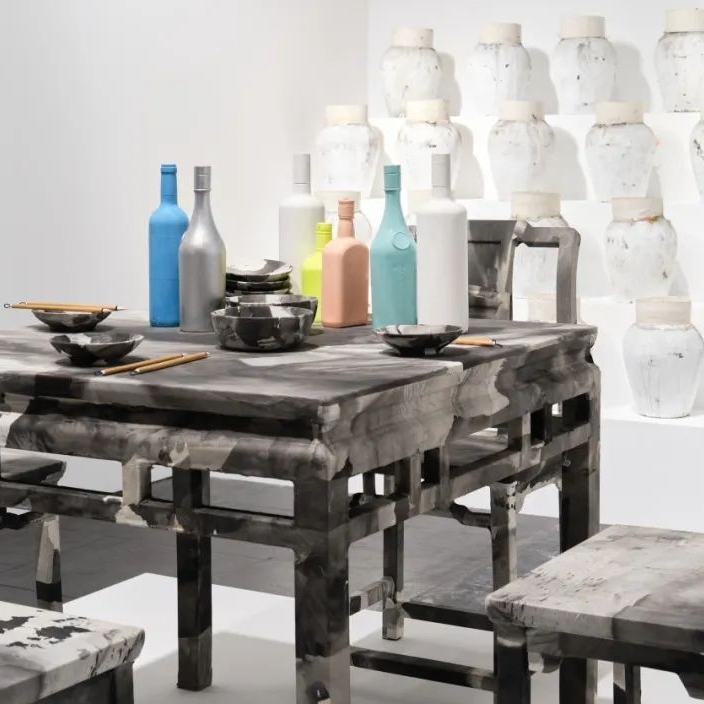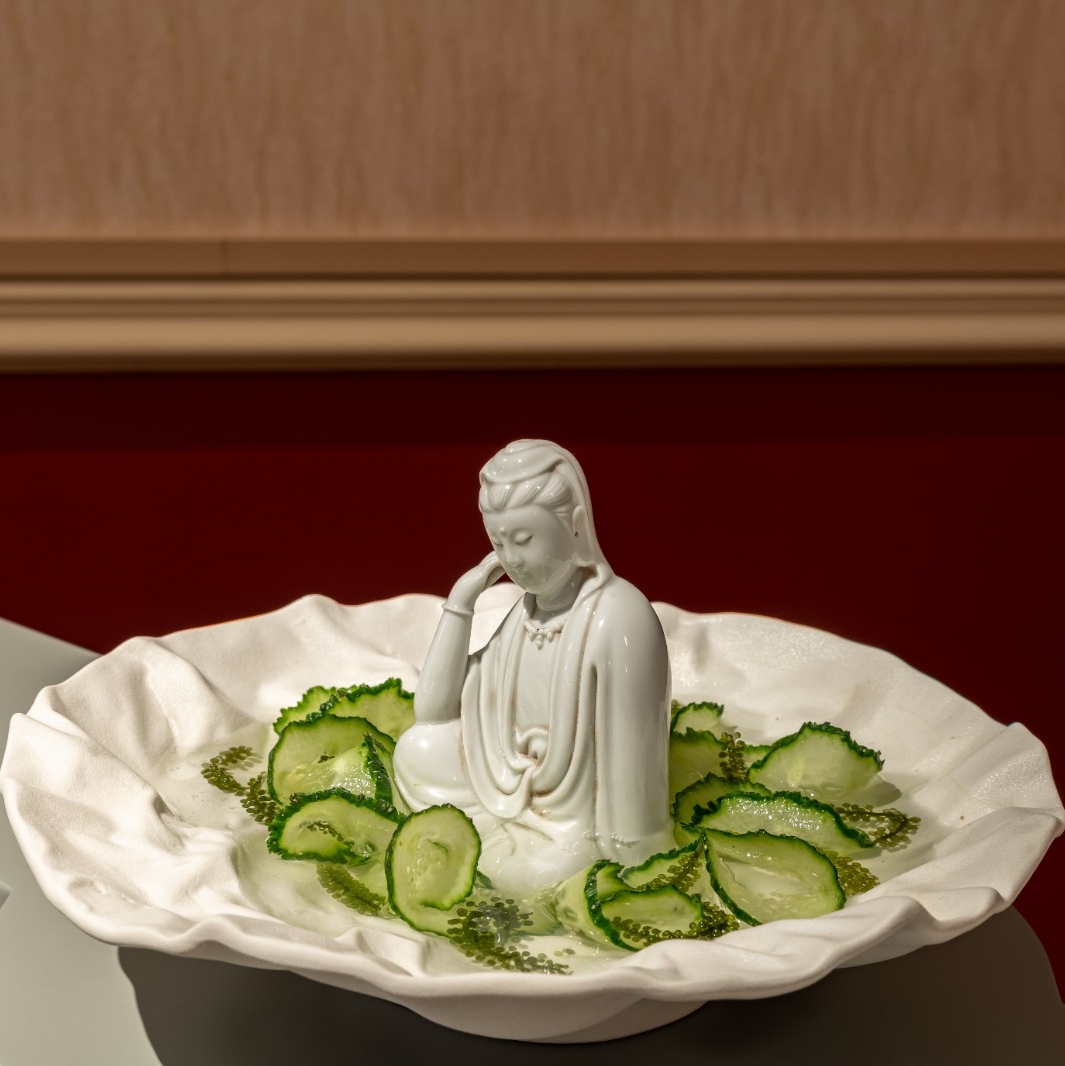If it was a surprising success that all the online exhibitions launched in the summer of 2020 by the nine art academies in China have gained impressive attention from various audiences, then, the enthusiastic feedback that the CAFA Graduation Season has received this year is absolutely par for the course. With the assistance of media platforms such as internet graphic updates, short-video recordings, livestreaming, live broadcasts by radio programs, newspapers and magazines, the fresh graduation works by graduates have gained considerable exposure in various ways of “going viral.” Every CAFA Graduation Season is not just an exhibition focusing on teaching achievements, but it is like an artistic “party” with surging vitality and creativity that everyone can take part in and discuss. It can be said that the energy radiated by the Graduation Season has been further transmitted to a professional audience and it has become an important part of the public cultural life of citizens in the early summer.
As for the general public, their expectations for the graduation seasons of art colleges, can be reflected in the aesthetic upgrade of visual experience, or the psychological expectation of artistic skills and knowledge accumulation; for a professional audience, the creativity that seems to be vigorous, although imperfect, shows the future direction of development of creativity and is what attracts them most.
By the end of the CAFA Graduation Season in 2021, if we review the degree show of undergraduates, it can be found that there are still remarkable adjustments in the overall layout. Following the idea of exploring the changing situations, we may try to capture some subtle changes in the creations of the 875 undergraduates, and further explore the potential reality and harbinger that was just shown.
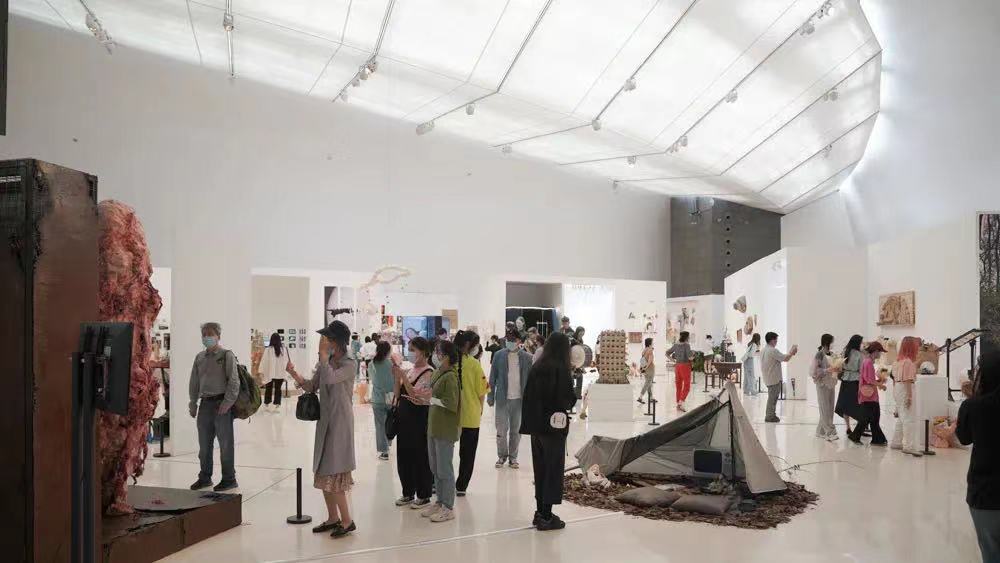

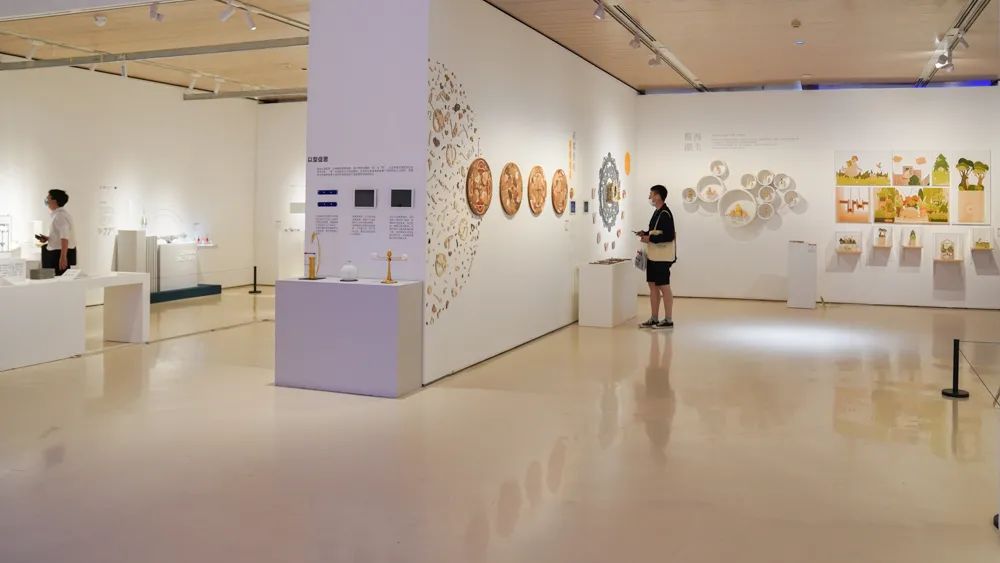
Exhibition View
“Each Work Should be Shown”: No Star Is More Important Than Another
With the absence of “white shed” (temporary exhibition halls) that teachers, students and audiences have always been familiar with, the Degree Show of the Undergraduates was divided into two phases. The first phase was opened on May 25 and ended on June 4, this focused on the graduation works by 413 undergraduates from 6 teaching units including: School of Chinese Painting, Printmaking Department, Department of Sculpture, School of Design, School of Architecture, School of Humanities; the second phase was on display from June 6 through to June 20 and it featured graduation works by 462 undergraduates from the Department of Oil Painting, Department of Mural Painting, School of Experimental Art, School of City Design, School of Art Management & Education.


Exhibition View
From the above statistics, we can find that the number of participants at each stage of the Undergraduate Degree Show is roughly the same as the number of 436 participants in the Degree Show for Postgraduates. The number “500” seems to be the upper limit of “capacity” of artists in the CAFA Art Museum. The huge amount of works posed an undoubted challenge for presentation, which means the Undergraduate Degree Show shares a similar strategy and the same issues as the Degree Show for Postgraduates, that is how to allocate and coordinate in a more reasonable way to maintain a complete and soothing exhibition space. As for any individual graduate, it is important to make his or her work as independent as possible in the limited space.
Intuitively, this has further promoted the various visual strategies adopted by departments and schools of CAFA in the style of exhibiting. Such as the Degree Show for Undergraduates from the School of Architecture on the ground floor of CAFA Art Museum, the four-story height of the exhibition hall was rationally used to highlight its features with a form of “scaffold,” and the theme of “Natural Construction” has achieved consistency in both form and content.

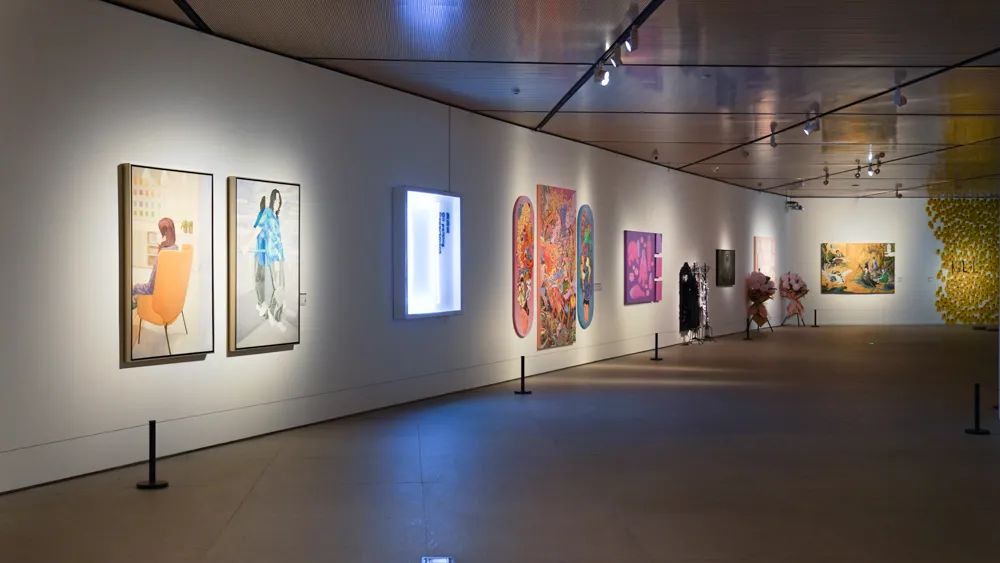
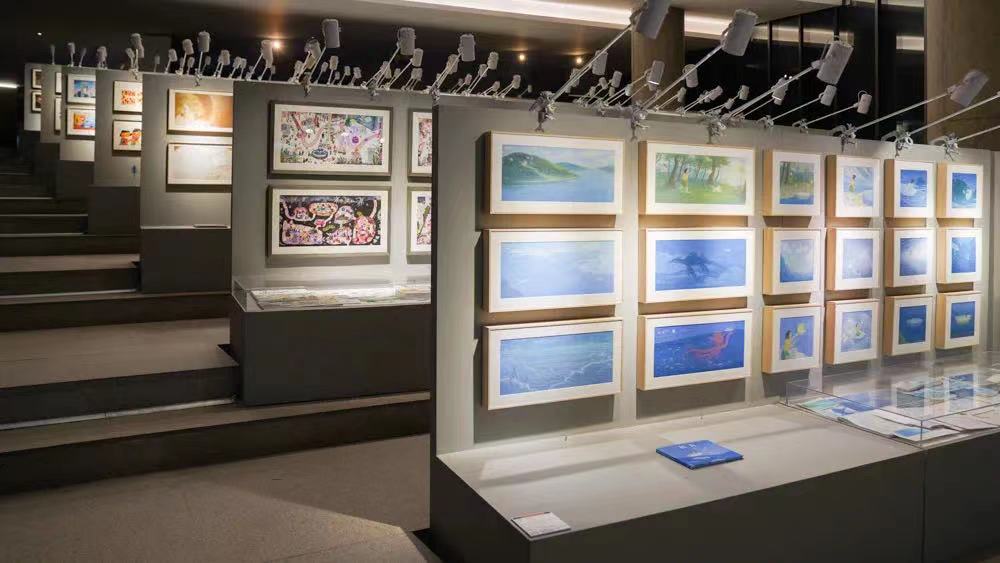

Exhibition View
During the exhibitions in two phases, graduation works which tend to be easel paintings by Department of Mural Painting, Department of Oil Painting, School of Chinese Painting, as well as Printmaking Department were showcased on the second floor of CAFAM. There was no obvious division of exhibitions on the third floor for both phases of the Graduation Season. However, in view of the complicated and diverse studio structure at CAFA, as well as the pressure brought by many works in the Degree Show, no matter what the presentation is, it creates a higher attention to details and physical strength for the audience as the structure is huge and complicated so that it can be felt by the audience.
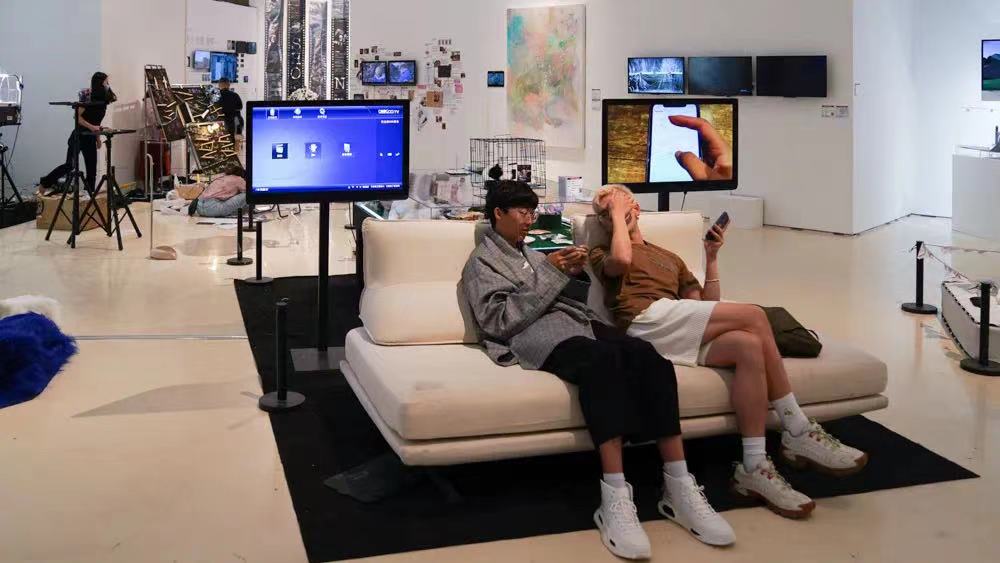
Exhibition View

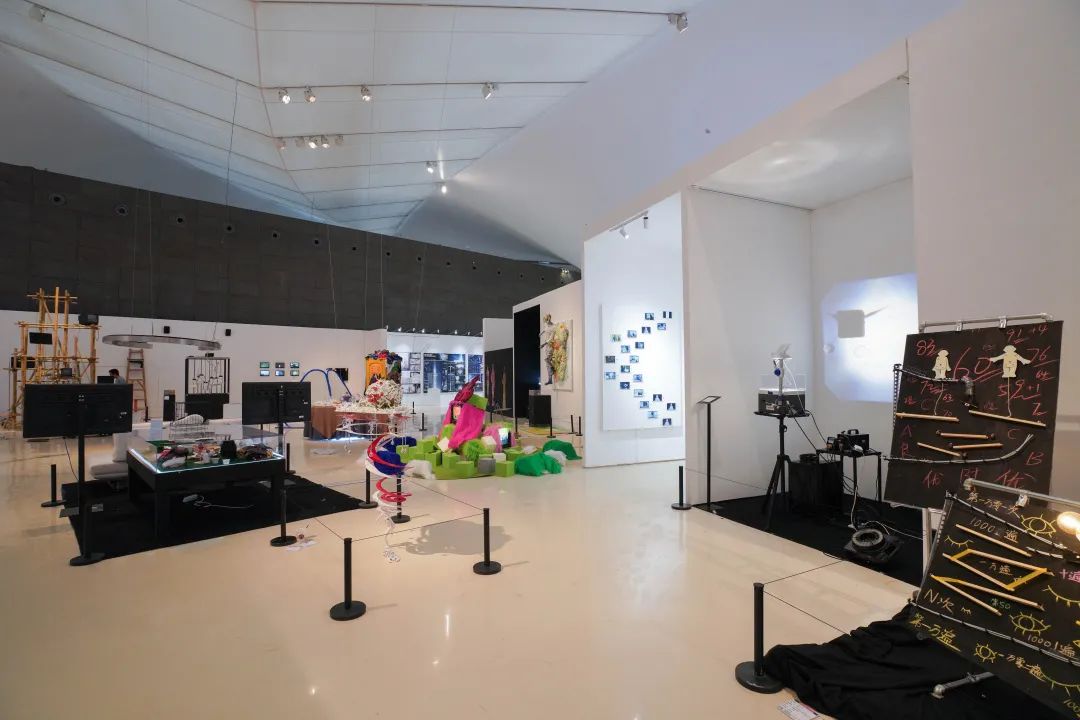
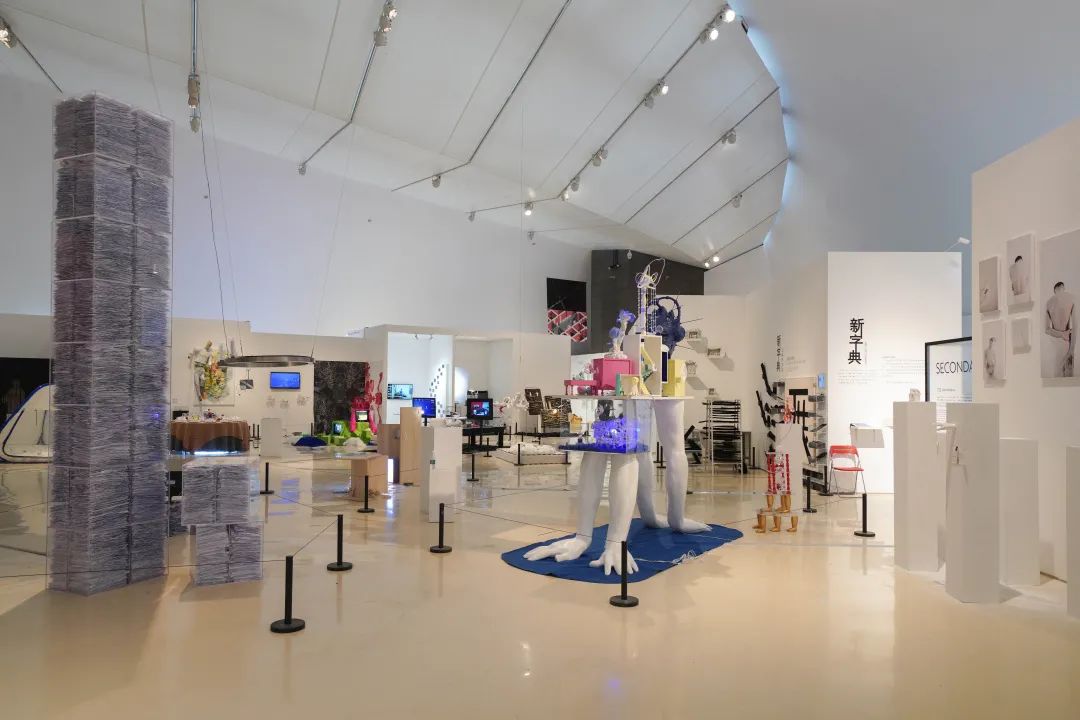
Exhibition View (Photo by CAFA Art Museum)
Though it seems to be beyond control, or perhaps it may be understood like this: CAFA Graduation Season is not an exhibition focusing on the selection of “excellent graduation works.” With a tradition that “all graduates can show their works”, it tries to provide a stage that strives for fairness as no star in this exhibition is more important than any other. What matters is that this provides an opportunity for all the graduates to jointly show their works to the public and they can realize the value of their result from study.
The setting of two-phase exhibitions has made the discussion heated and audience flow more attractive since the Degree Show for Postgraduates began to decrease gradually in the process. On the one hand, the necessary appointment of the exhibition considers public safety, which objectively led to a diversion of the audience and it further diluted the audience’s attention to the graduation season; on the other hand, the three phased exhibitions were objectively stretched, which undoubtedly increased the difficulty and time cost for the public. Even professional visitors are not lucky enough to view them thoroughly. Another difficulty lies in how to capture the focus of their creations from the massive content and information in the degree show of graduates? This will undoubtedly become a huge challenge for understanding of 2021 CAFA Degree Show for Undergraduates.
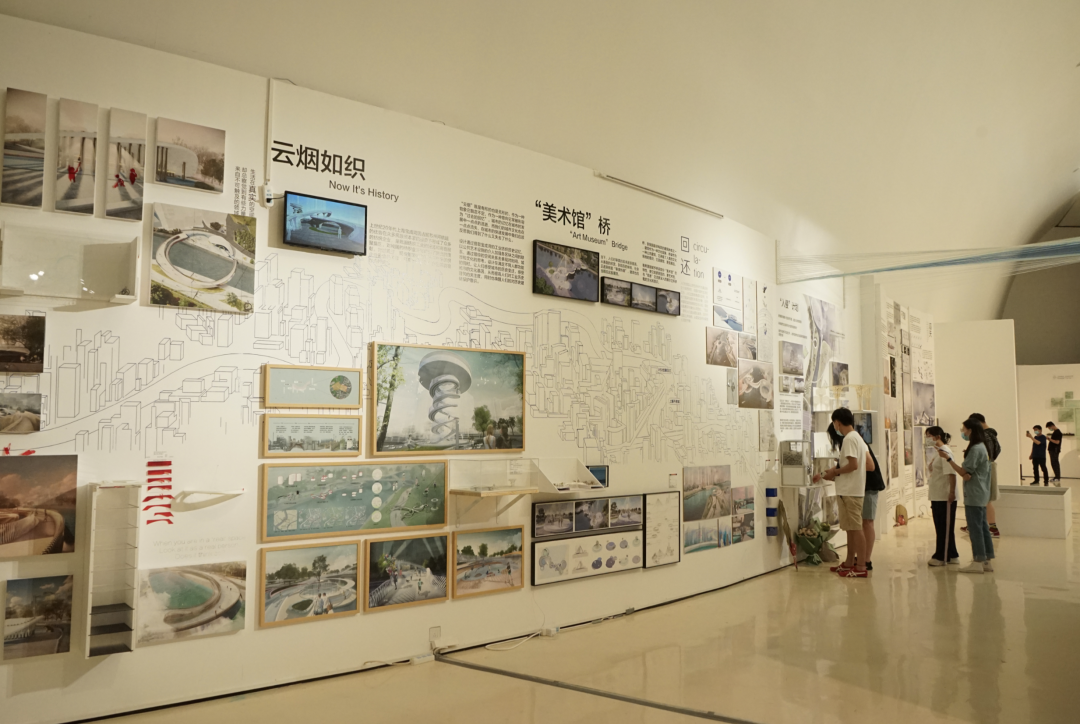
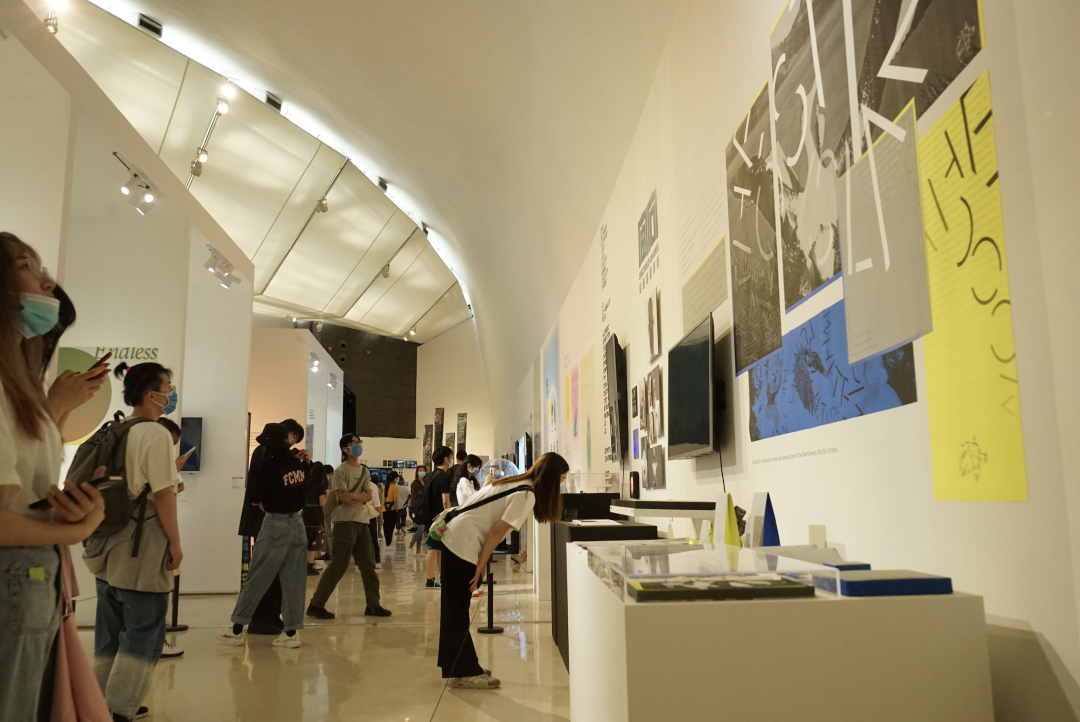
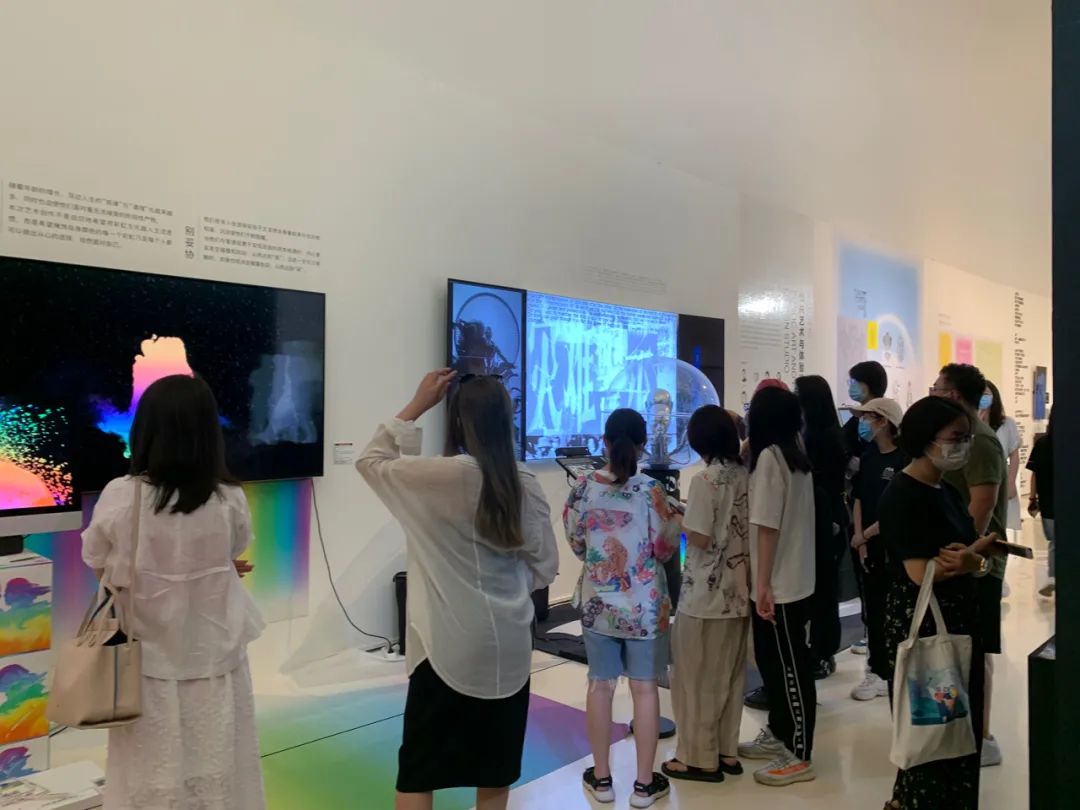
Exhibition View (Photo by School of City Design, CAFA)
Ubiquitous Social Issues and “Media Feast”
If you try to observe the characteristics of theme selections in works, you may find that it is similar to the Degree Show for Postgraduates, whether it is easel painting, mural painting, printmaking, design or experimental art, no matter what medium the creator relies on, the most intuitive perception from the audience might be the active involvement and diversified expressions on social issues. These issues are so rich that they include but are not limited to: urbanization, public welfare, ecology and environmental issues, feminist issues, aging, consumerism issues, pop culture, social media, art and technology, technological ethics, as well as discussions on the boundaries of virtual reality.
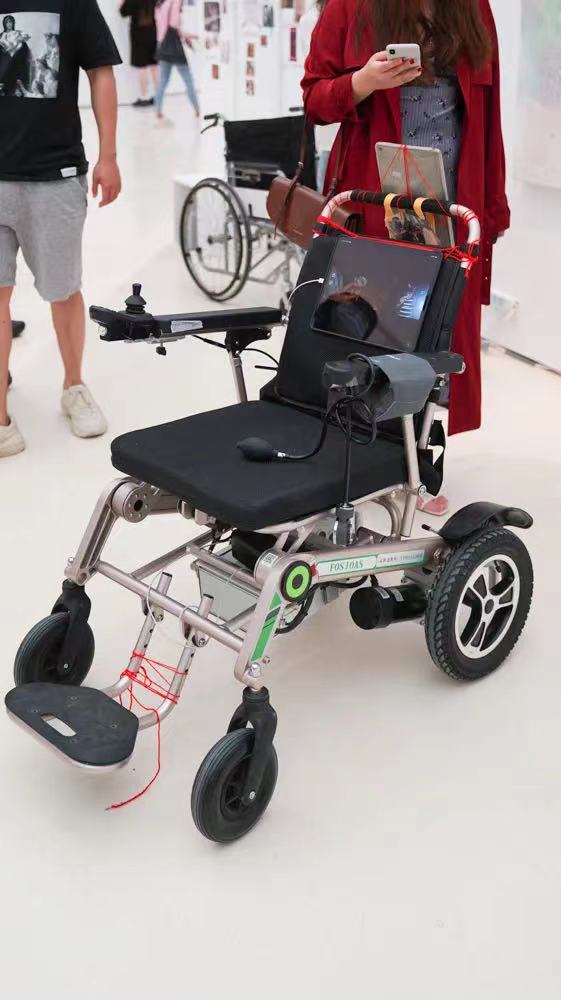
Huang Baoyi (He Si), from School of Experimental Art, Installation View of “When You Are Old”
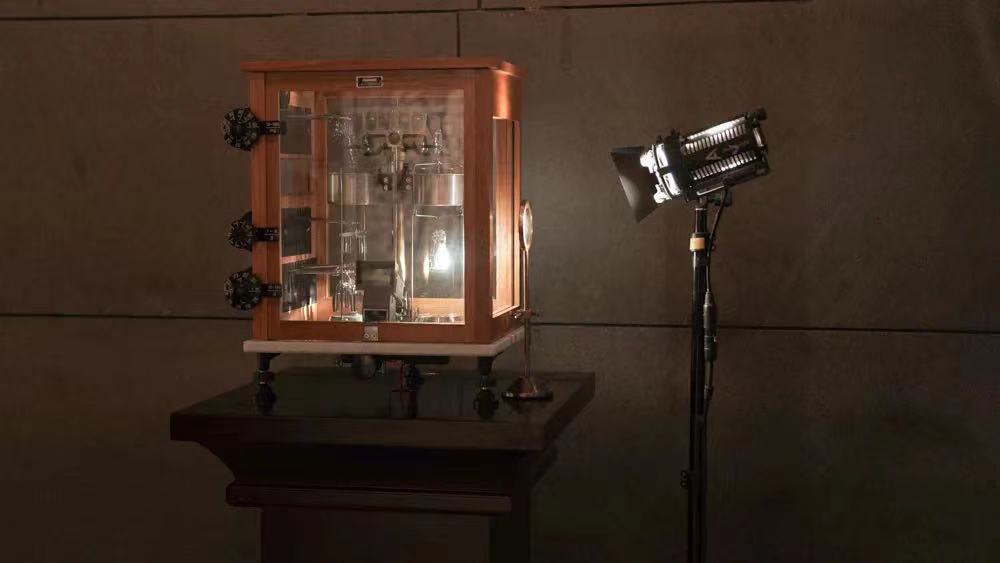
Xie Yuxin, from Printmaking Department, Installation View of “The Columbus Sculpture Was Destroyed in Boston on June 10, 2020”
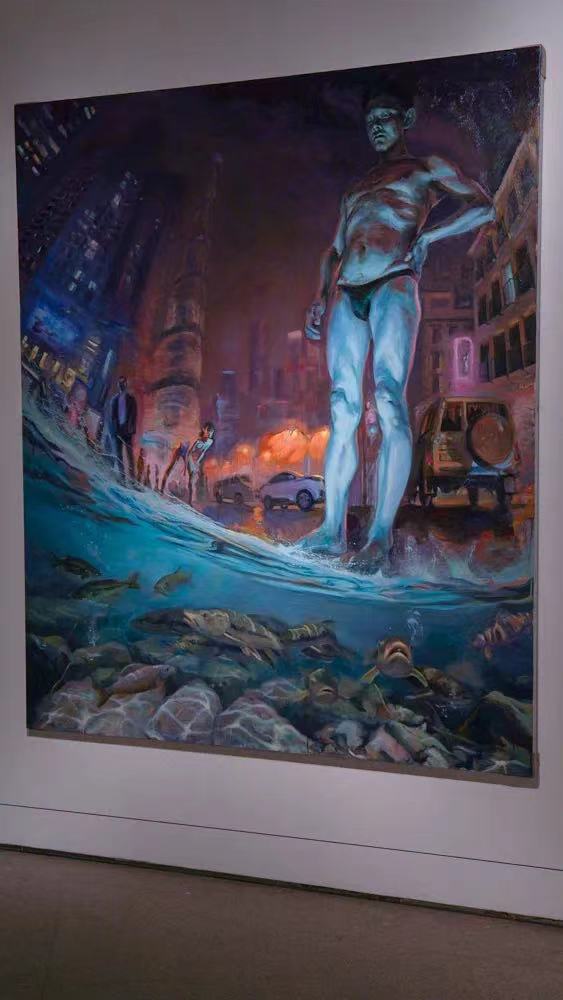
Yan Chengcheng, from Department of Oil Painting, Installation View of “Re-enchantment”
For the works that actively touch on social issues, it does not mean that these works that artists try to discuss are issues which will be purely sociological over artistic expression. For example, it is not surprising that the important theme of the pandemic appears in the Degree Show for Undergraduates. The influence it has exerted on creators is “variation” in different ways, wandering in the form of “potential text” in works. In the creations that tend to discuss social issues, it might appear as a “public media issue” while in works that are more philosophical, it appears in more abstract forms such as “l(fā)ife and death”, “historical traces” and so on. In the works that try to start from personal experience, artists take “memory”, “fragment” and other ways as the entry point to make more obscure expressions.
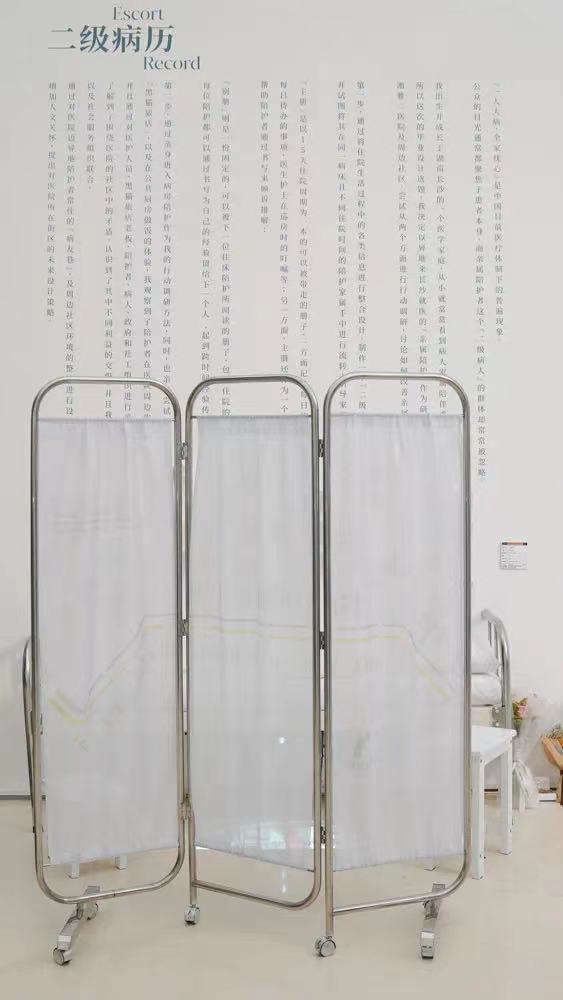
Yang Yajing, from School of Design, Installation View of “Secondary Medical Records”
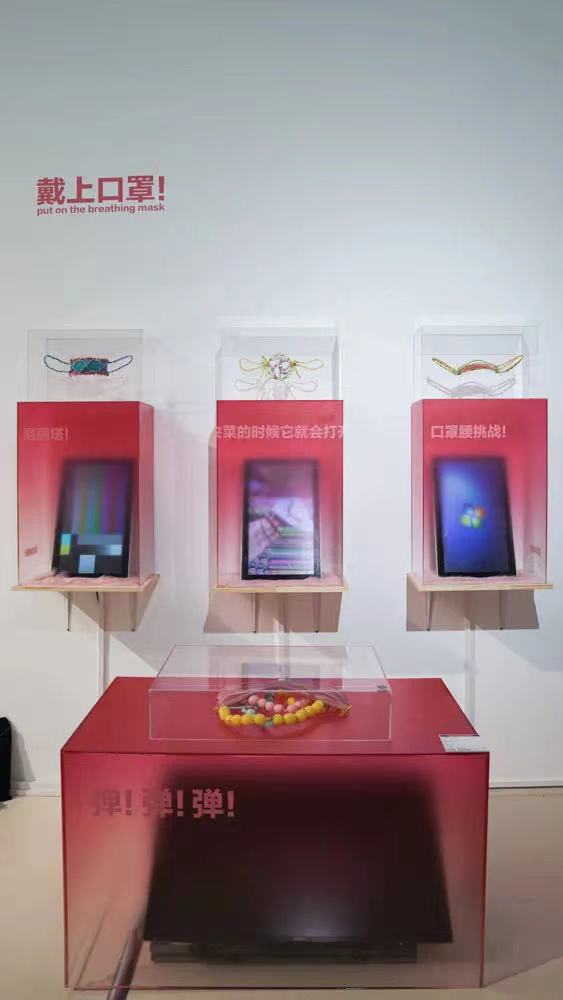
Du Xinyi, from School of Design, Installation View of “Put on a Mask!”
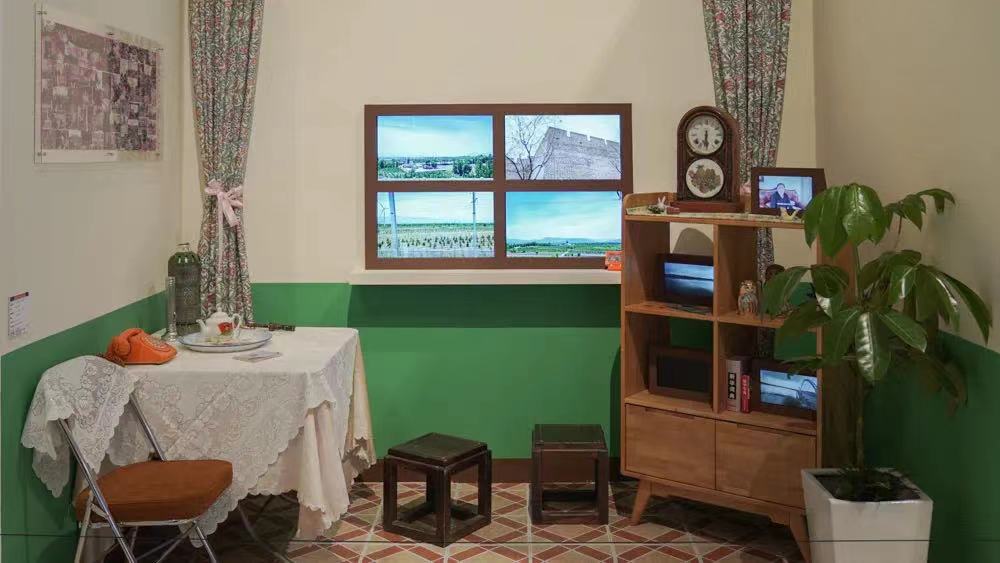
Chen Lijuan, from School of Design, Installation View of “My Hometown, Zhangjiakou”
Confronted with the era that we live in, ego is the most important and direct source of inspiration for generations of creators. How to properly and creatively translate the thinking inspired by social issues and maintain a certain degree of sincerity may be an appropriate standard to judge whether the work is suspected of “chasing hot spots” and is contaminated with the so-called “vulgar sociology”. The subtlety lies in that there are still standards for whether the translation is “successful” or not, while sincerity cannot be quantified. A creator’s unique expression, as well as the enlightenment and constructiveness contained in the works, may be the key to attract attention for the expressive works on social issues.
The topics are so wide that the creative methods are more diverse. This Undergraduate Degree Show can be said to be a feast for the media. It can be found in the works of oil paintings, prints, sculptures and other schools that undergraduates have inherited the modeling traditions of CAFA, as well as in the creations of almost all schools, the charm of mixed media can be found. Installations, videos, performances, paintings, AR, design, sculptures, comprehensive materials and other mixed media appear in front of the audience in a permutation and combination, showing the teaching concept that CAFA emphasizes open media and the development of interdisciplinary characteristics. It is this openness in the medium, and the rich discussion of topics in the Undergraduate Degree Show, that makes the exhibition condense the light beam like a prism on the whole, reflecting the current complex situation of the epoch and the ever-changing social atmosphere.
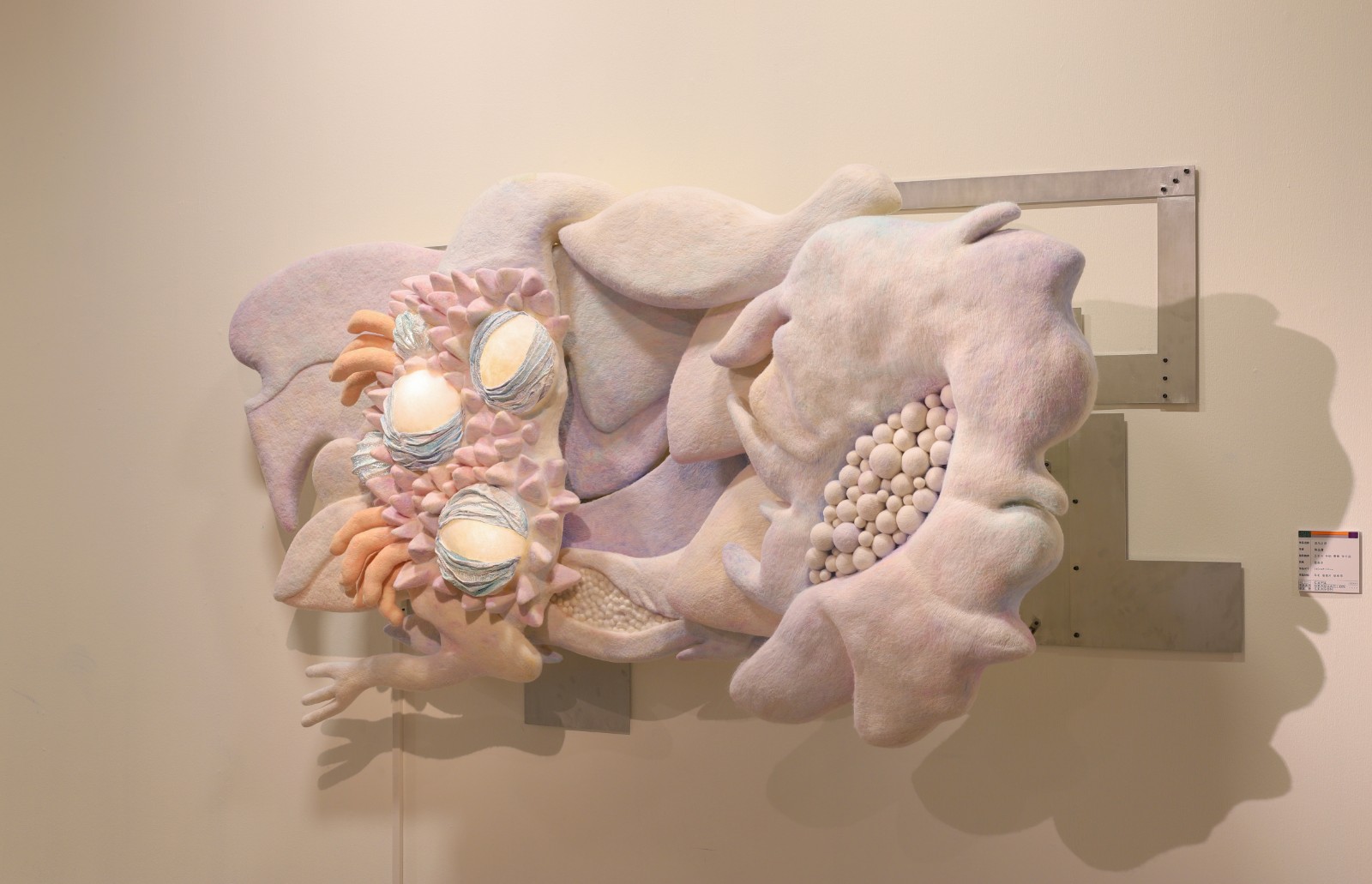
Chen Dalu, from Department of Mural Painting, Installation View of “All of a Sudden”
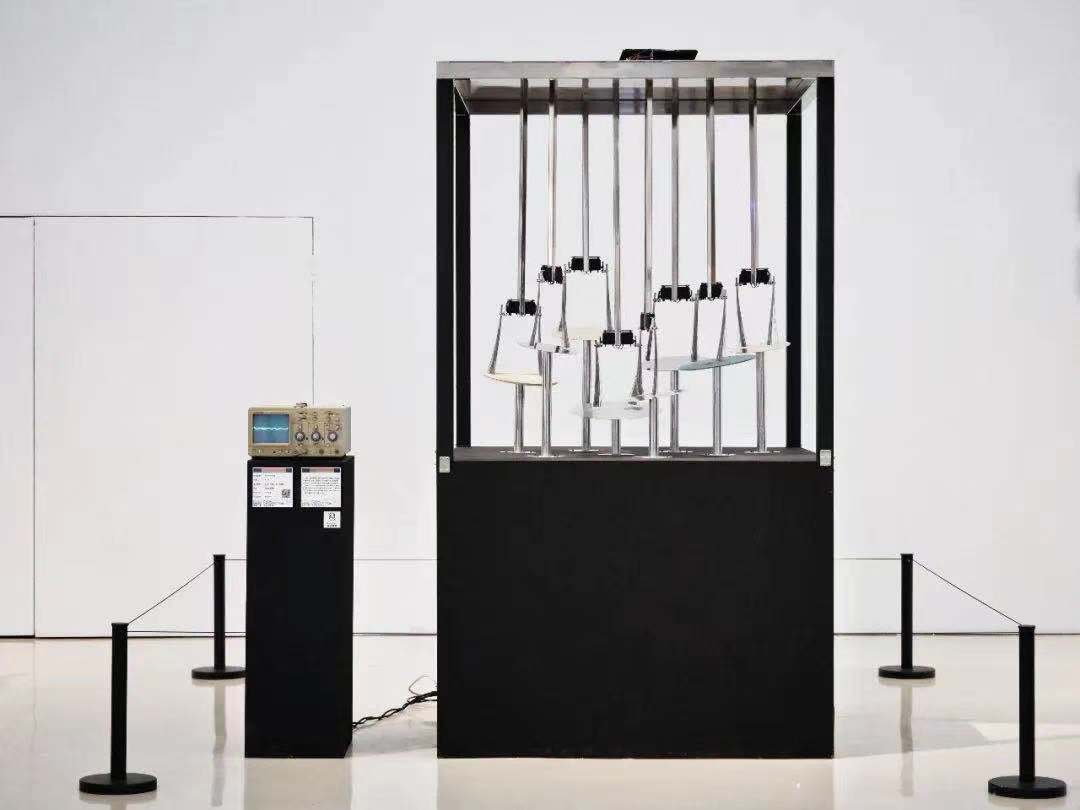
Li Kezheng, from School of Experimental Art, “MUSIC’AI’N”
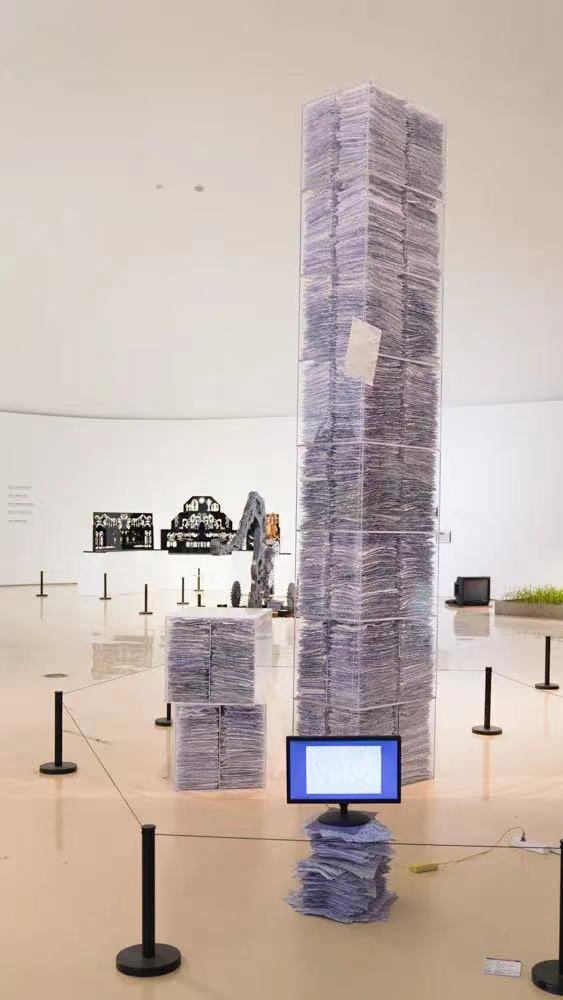
Lei Jianhao, from School of Experimental Art, Installation View of “Three Whites”

Cao Jiawei, from School of Experimental Art, Installation View of “Deep Space Image”
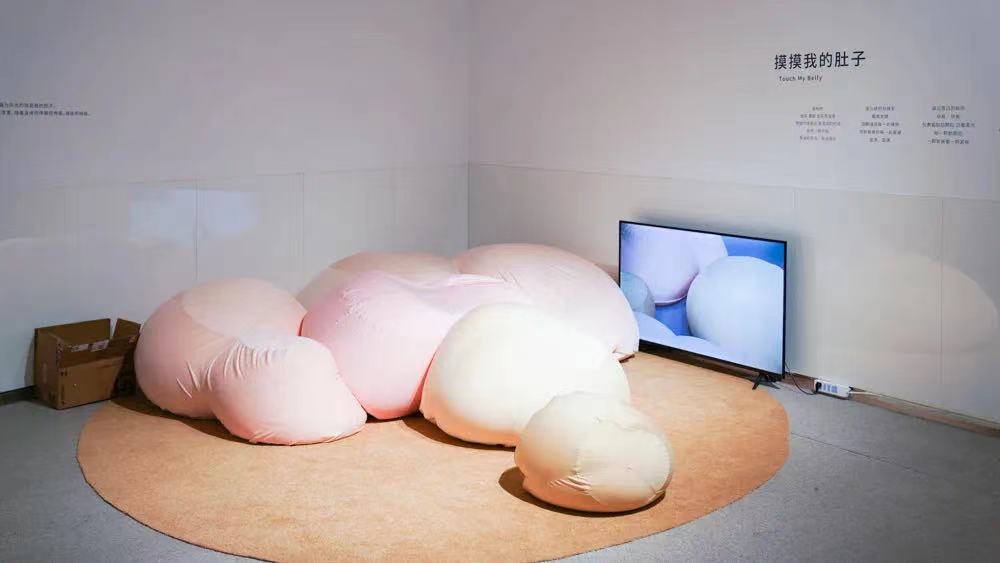
Xu Ruoxin, from School of City Design, Installation of View of “Touching My Belly”
Is the Graduate Class of 2021 the Lucky One?
The 2021 CAFA Graduation Season was rejuvenated and it had admiring visions from the Class of 2020. Compared with the offline exhibitions that were forced to stop during the graduation season for the pandemic in 2020, this year’s graduates were undoubtedly very lucky. Back in the 2020 Graduation Season during the pandemic, almost all art academies were forced to move their exhibitions online. The “self-rescuing” action during this pandemic may have a more important impact than expected in facilitating the outburst of the 2021 Graduation Season.


Screenshots of Online Exhibition
It’s hard not to admit that the pandemic has changed people’s lifestyles. Its most direct effect is that each of us is forced or active in adapting to the intervention of the virtual world in the real world, and adapt to new participation methods such as appointments, scanning QR codes, livestreaming, etc., with the efficiency of universal popularity. The degree shows during the pandemic conducted practical exercises on their fashionable and immature online services, and also laid the lead for the popularity of offline exhibitions this year. Secondly, online exhibitions have also been further deepened and upgraded in 2021. After a year of evolution, it is not only a cloud database for offline exhibition halls, but also the only alternative channel for visitors who have not been able to visit an offline exhibition. And the Online Degree Shows in 2021 can store images and document indexing, as well as the expansion of the function of providing a display space for more works beyond the offline degree show of undergraduates, which seems to make the outside world more optimistic about the future development of online exhibitions.
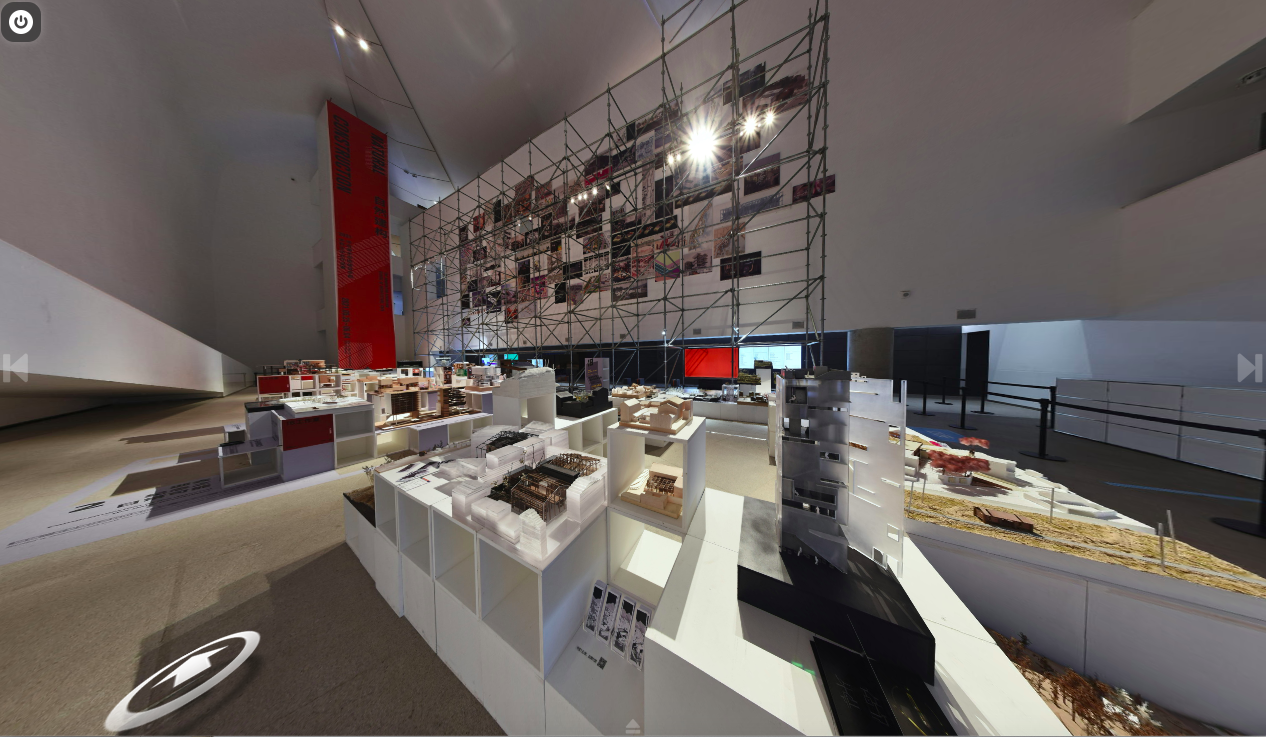
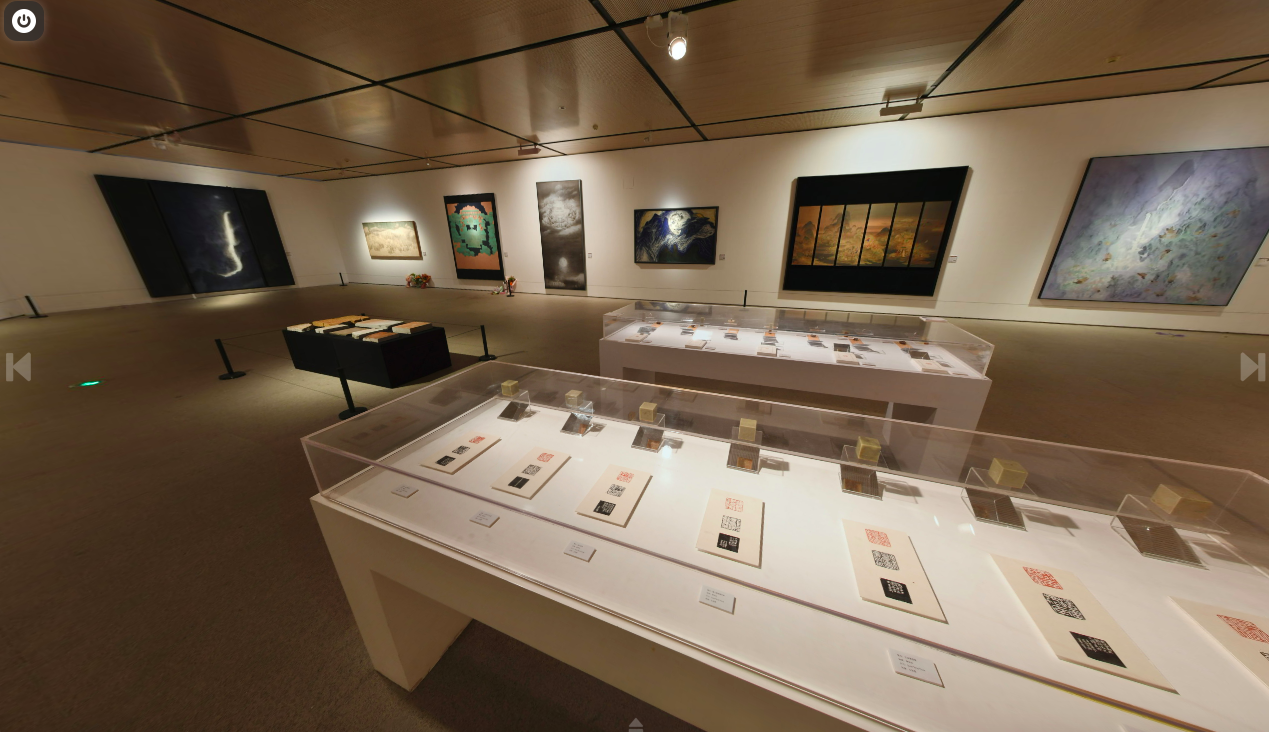
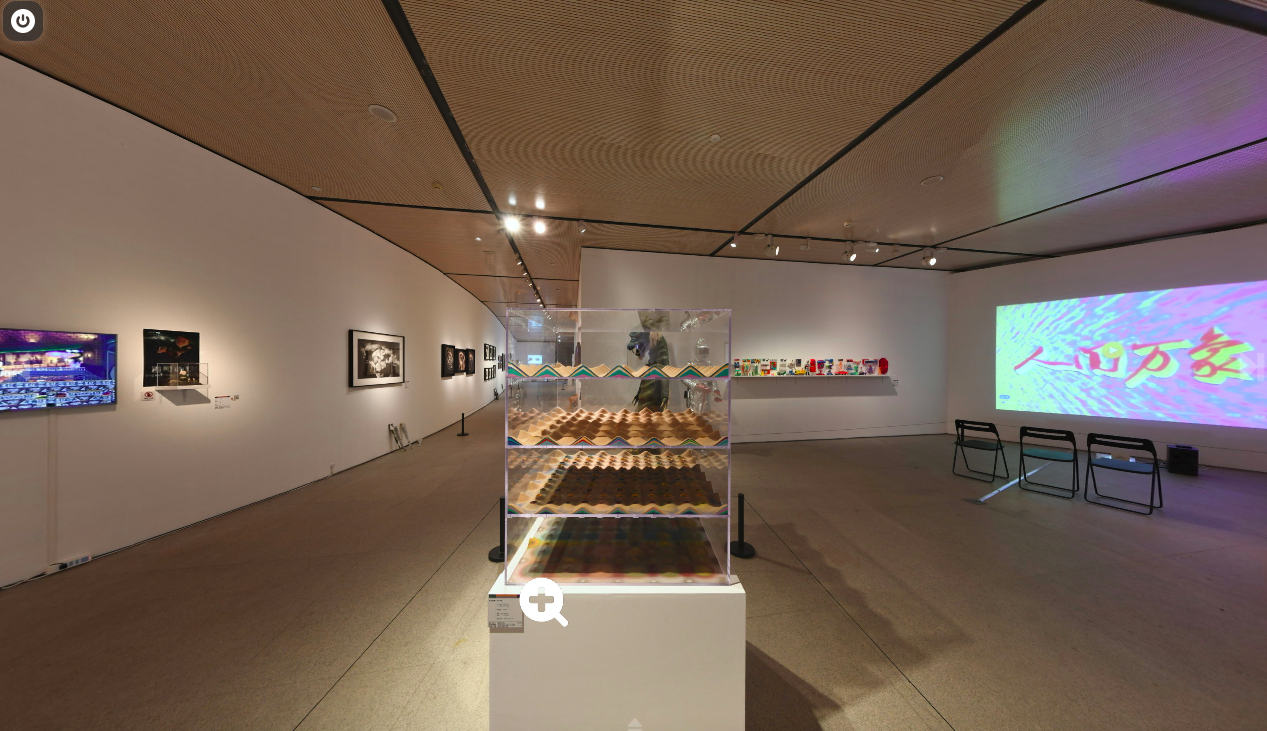
Screenshots of Online Exhibition
In addition, after the graduation season in the pandemic, during the 2021 Graduation Season, both the official public platform of CAFA and the self-media platforms of various faculties and studios have developed more rapid response capabilities, as well as promotion and publicity with the help of online platforms. It may be possible to draw such a conclusion: It is the smooth linkage of three parts of offline exhibition, online exhibition and online promotion that have greatly contributed to the attention being focused on this year’s degree shows. Starting from this perspective, the class of 2021 does have more opportunities to show than the senior graduates, which is undoubtedly good luck.
It is conceivable that online exhibitions, livescreaming, and network platforms will formulate rapid and more segmented publicity paths, which will become the “standard” and new normal for presenting works in the CAFA Graduation Season in the future. Of course, all the active participation and heated discussions within the audience constitute the most irresistible reason. After all, it is the distress and closure caused by the pandemic in 2020 that makes people feel deeply that offline exhibitions are so indispensable for an art experience.
Text by Mengxi, translated and edited by Sue/CAFA ART INFO
Non-annotated Images by CAFA ART INFO



